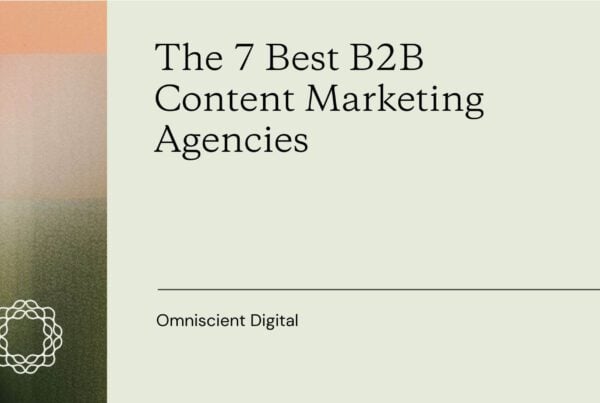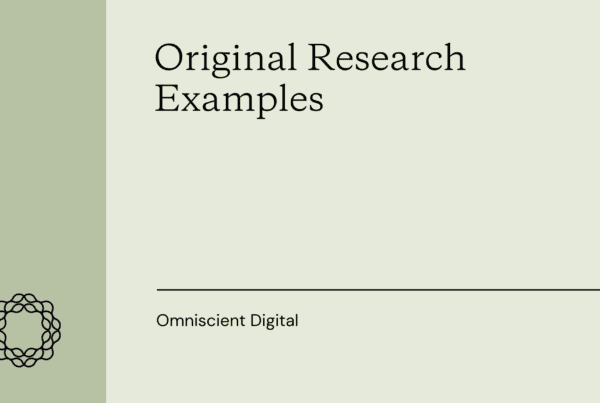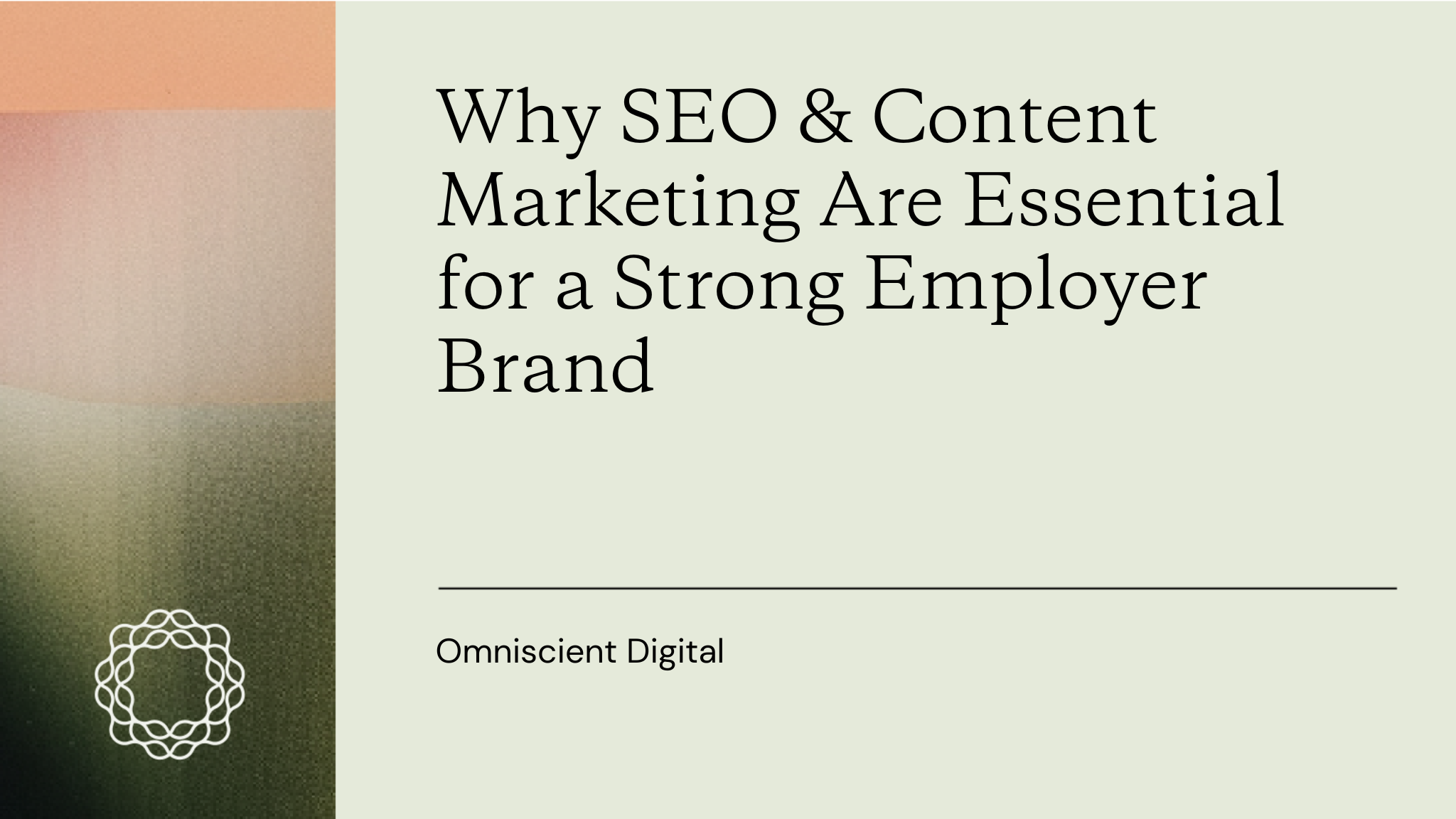
Imagine your company as a story waiting to be told—a story that attracts not only customers but also top talent.
In today’s digital era, your employer brand can set you apart in a crowded market. A strong employer brand builds trust, boosts credibility, and ultimately helps you hire the best candidates.
In this article, you’ll learn how SEO for employer brand and innovative content marketing work together to enhance your online presence and attract exceptional talent.
The role of SEO in employer branding
SEO isn’t just for driving sales. It shapes how candidates perceive your company. When you invest in SEO for an employer brand, you increase your online visibility. This lets you connect with potential hires actively searching for companies like yours.
How SEO boosts online visibility
SEO is key to improving search engine rankings. When people search for job opportunities or company insights, a well-optimized website appears at the top.
For example, if a startup optimizes its career pages with clear job descriptions, employee benefits, and engaging visuals, it will receive more profile views and more applications from quality candidates.
Search engines love sites with updated, fresh content and valuable insights. Clear meta tags and engaging headlines make your pages easier to find.
Here’s an example of a recently published article in Forbes:
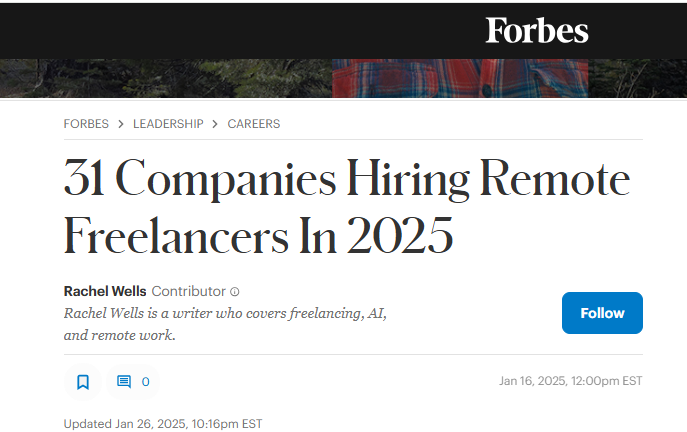
(Source)
When your site ranks high, it signals to search engines and job seekers that your content is reliable and high-quality. This improved visibility reinforces your employer brand by ensuring that your career site appears as a credible source and an attractive employment option.
Targeting the right keywords
Incorporating the right keywords into your content and pages helps you attract the right candidate. Don’t use any random keyword that comes to mind. You have to look for keywords your audience is searching for.
To help you with this, use a keyword research tool like Ahrefs’ Keywords Explorer. Enter a relevant keyword, like, for example, “tech careers,” and go to the matching terms report.
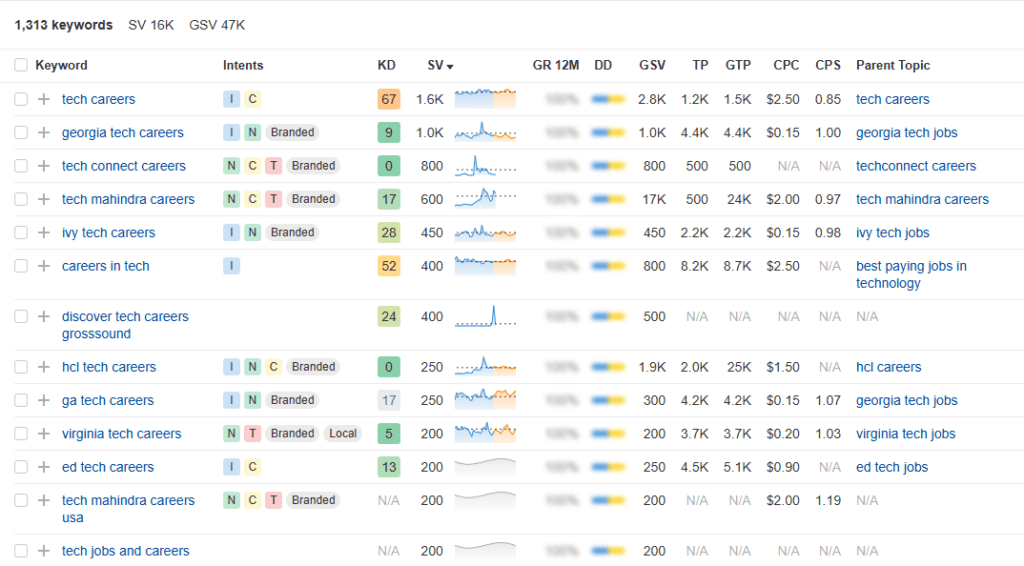
Screenshot provided by the author
Then, switch to the Questions tab.
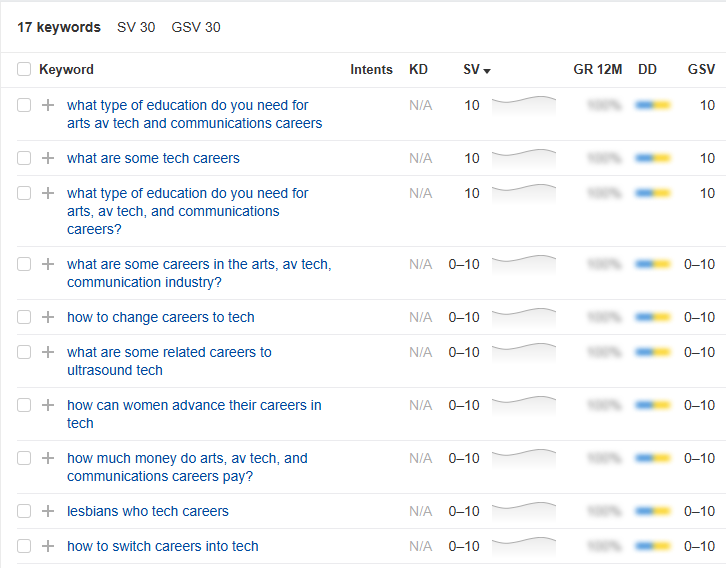
Screenshot provided by the author
The tool gives you a list of potential keyword ideas to use so that you speak directly to job seekers and answer key questions for potential candidates. This not only improves your rankings but also builds trust with people who are looking for authenticity in their employer’s online presence.
However, if you’re starting out, it might be best to target keywords with high traffic potential and low keyword difficulty.
- Traffic potential: This is the search traffic amount you gain if your page ranks first for a specific topic.
- Keyword difficulty: This indicates how difficult it is for a keyword to rank in the first 10 organic search results. It’s measured on a scale between 0 and 100, with 100 being the highest difficulty level.
This is how Semrush splits the keyword difficulty scores into categories:
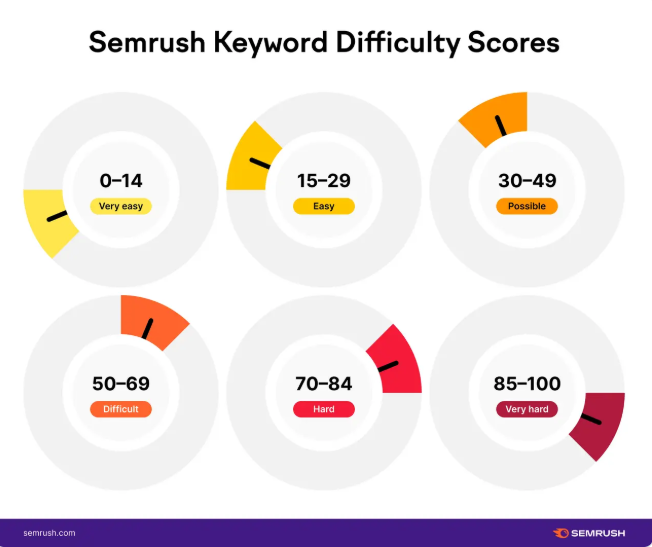
(Source)
Local SEO for employer branding
Local SEO is another powerful tactic for building a strong employer brand, especially if you have physical offices or regional operations. By optimizing your local listings and content, you ensure that nearby candidates find you first. This builds strong local ties and creates a community feel.
Local search results focus on specific local keywords and take into consideration the location of where your audience is searching. It means that the same search query, like “software engineering jobs,” provides different results for person A, who lives in Los Angeles, and person B, who lives in New York.
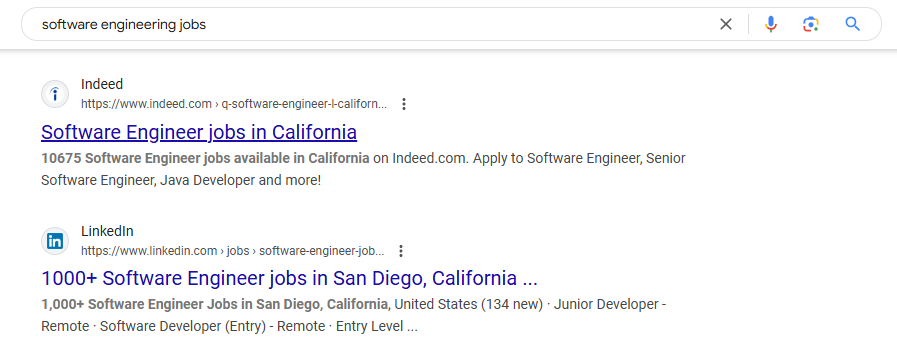
Screenshot provided by the author
The same happens when a job seeker is looking for job postings within the dental niche and searches for dental offices nearby using the query “dentist nearby.”
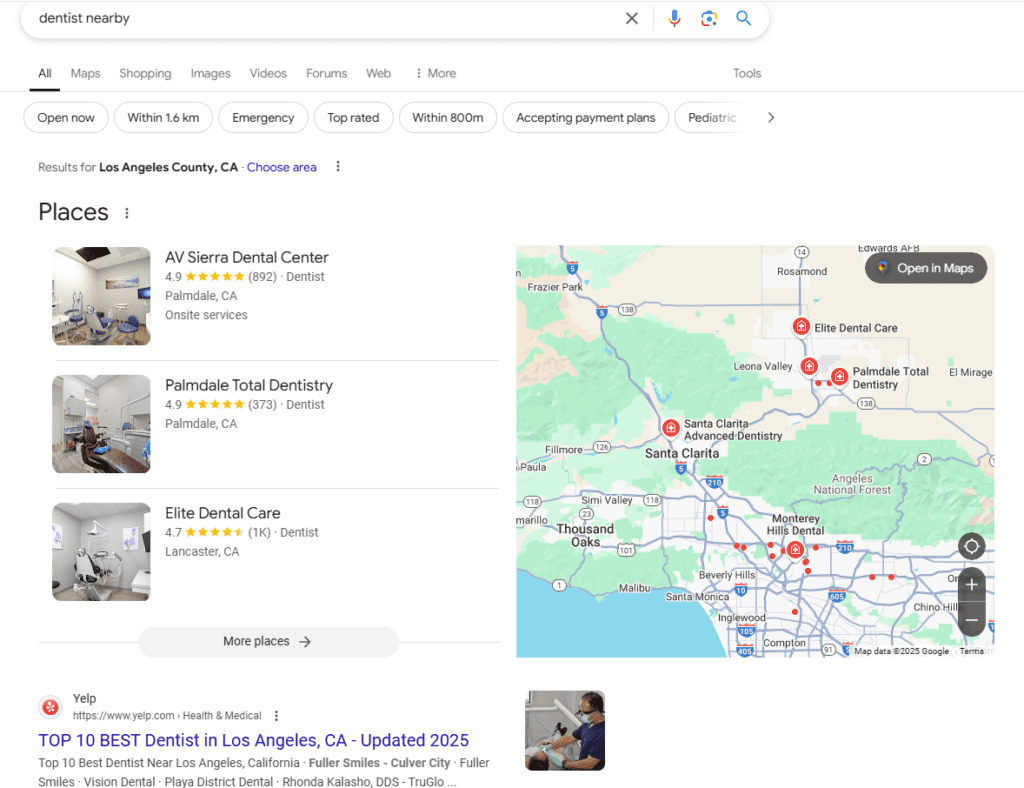
Screenshot provided by the author
What happens is that Google recognizes that “dentist nearby” has a local intent. Other local keywords that indicate you’re looking for local results include:
- “Dental offices”
- “Dentist near me”
- “Dentist in Los Angeles”
Such terms emphasize the importance of implementing local SEO strategies to enhance online visibility and better connect with local searchers.
In fact, according to Backlinko, 76% of people using keywords like “near me” to search for a company are more likely to visit the business’s offices within one day.
Content marketing strategies for employer branding
Content marketing is essential for building a strong employer brand as it allows you to connect with your audience by showcasing your values, culture, and work environment. It humanizes your brand and creates trust with potential employees. As more teams use AI in their writing, producing natural-sounding AI text has become essential to keep content authentic and engaging.
For example, Cruise America, an Orlando RV rental company, frequently features its employees on social media posts. This not only highlights their team culture but also sends a positive signal to job seekers about the company’s values, making it an attractive place to work.

(Source)
Creating content that reflects your company culture
Your content strategy should mirror your brand’s unique personality. Use storytelling to share moments from your daily work life.
For instance, if you own a small SaaS company, you might create a blog post titled “A Day in the Life of Our Developers.”
This post could feature interviews, candid photos, and insights into the collaborative spirit that drives innovation. Highlight how leadership supports current employees and whether you offer mentorship programs, flexible work arrangements, or career growth opportunities.
Consider behind-the-scenes video tours of your office to provide a real glimpse into your workplace culture. With this approach, job seekers get an insight into various factors about your company, including:
- Office design: Do you have a creative remote work setup? A collaborative open-space office? Show how this aligns with your company values.
- Work rituals: Think of team brainstorming sessions or informal knowledge-sharing sessions. Film your employees during these meetings.
- Company traditions: What makes your company different? Annual team-building events? Volunteering events? Wellness initiatives?
To create a strong employer brand, you also need to create engagement internally (within your company). When your team members abide by your mission and values, there’s a high chance that they’ll promote your cultural values in the videos and blogs you share externally. To reinforce this alignment for remote teams, employee monitoring software can offer insights into productivity, helping leaders foster a more supportive work environment.
You can achieve this by using well-structured intranet software. Streamlining internal communication makes it easier for your team members to share their experiences, which naturally feeds into your employer branding efforts. Whether it’s a space for company updates, recognition programs, or employee-generated content, having a reliable internal hub improves transparency and encourages more authentic storytelling.
Building authority and trust through thought leadership
Thought leadership has a key role in content marketing. By publishing case studies, whitepapers, or insightful articles, you position yourself (and your company) as a thought expert in your field. This enhances your credibility with potential employees and brand reputation.
This is also where SEO comes in to help you reach the right audience.
For example, let’s say you own a B2B SaaS company and share a detailed report on the future of cloud technology that includes expert interviews and industry insights. It’s optimized for SEO, which increases its likelihood of ranking high for “latest cloud technology trends in 2025” in search engines. Here’s what happens.
- People looking for a job find your report and recognize the company as an industry leader and an innovative employer.
- Journalists searching for tech information refer to your report in their articles. This leads to high-authority backlinks.
Beyond that, webinars and podcasts also provide excellent opportunities for thought leadership and employer branding.
HubSpot is one company that hosts SEO and marketing webinars on various topics, including advertising, inbound marketing, and inbound sales.
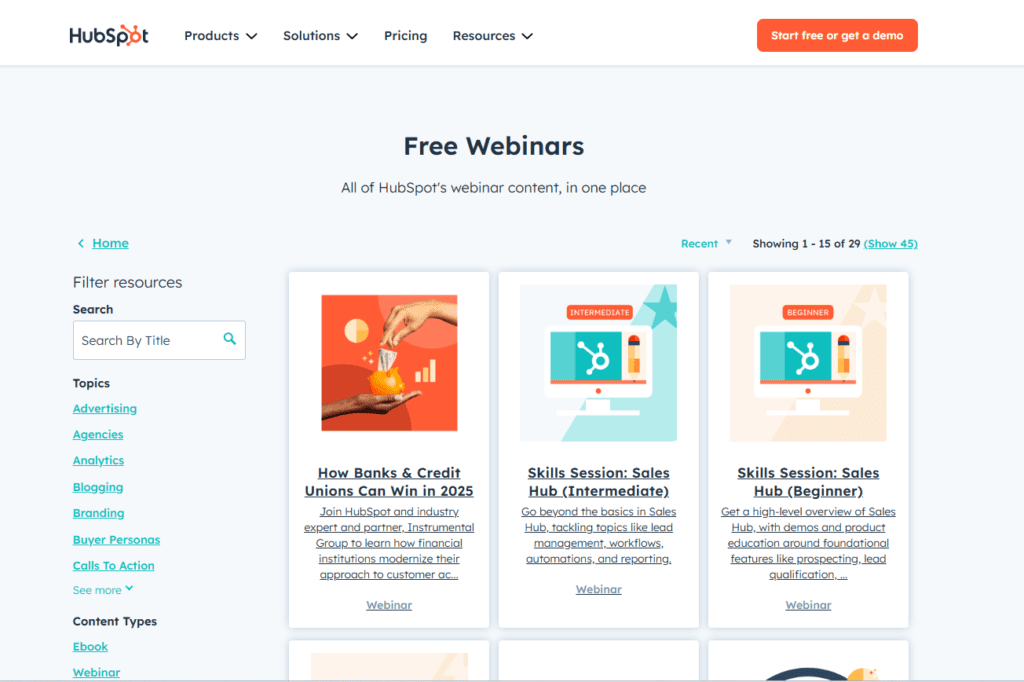
(Source)
As an employer brand, you, too, can target different topics in your webinars and discuss career growth tips, the use of AI at work, or trends within your industry. Consider ideas like “How to build a successful career in [industry]” or “The Path from Entry-Level to Leadership: Career Advice from Our Experts” if you’re planning on discussing career development.
At Omniscient Digital, we also collaborate with industry leaders for our The Long Game Podcast. In our latest episode, “Startup Pricing, LLMs, Return of Quality, and Multimedia SEO,” we sit down with Aashish Krishna Kumar, founder of Zuora, a company offering monetization solutions, including payment optimization and revenue recognition automation.
During the conversation, Aashish shares valuable insights on startup pricing strategies, the role of AI in SEO, and why companies should focus on publishing high-quality content to stay competitive. This allows Aashish to provide valuable takeaways and reinforce their position as a trusted thought leader and authoritative voice in the industry.
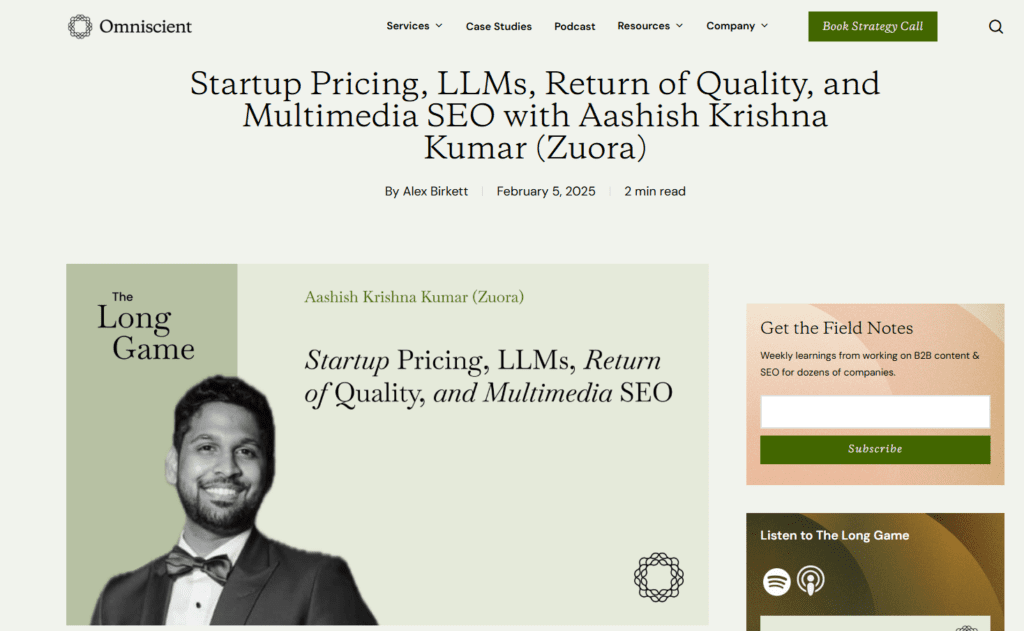
(Source)
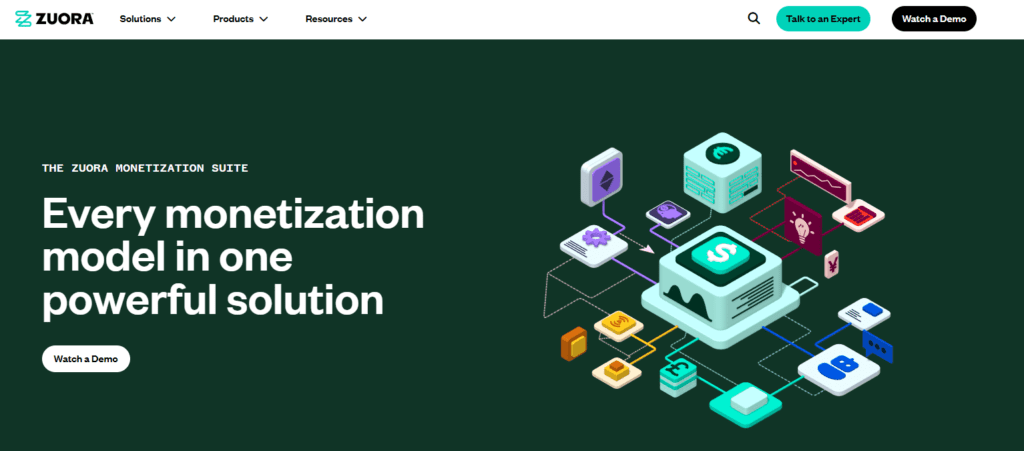
(Source)
Information gain opportunity: Leveraging employee testimonials
Employee testimonials are one of the most compelling ways to humanize your employer brand. They highlight the best aspects of your company from an employee’s point of view.
Authentic voices in employer branding
Real voices speak louder than corporate slogans. When you share your employees’ personal experiences with the world, potential candidates can get a better view of your company culture.
Beaches of Normandy Tours, a WWII-focused travel agency, does this exceptionally well. Their “About Us” page goes beyond standard company information. It reveals the founders’ backgrounds and explains exactly what led them to build the company. Reading it, you learn not only about the business but also why it exists.
That kind of transparency doesn’t just build trust—it makes people want to be part of the story.
“Working at the Utah Beach Museum changed everything for me,” says Severine Diaz. “It wasn’t just a job—it was where I truly understood the power of history and the connections people make through it. Seeing visitors moved by these stories made me realize I wanted to create something bigger, something that could bring these experiences to even more people.”
That personal passion is now woven into the company’s identity, and it’s exactly why their content marketing works. It’s not just about tours—it’s about sharing a purpose. When companies use SEO and content to tell real stories, they attract customers and the kind of people who want to work with them.
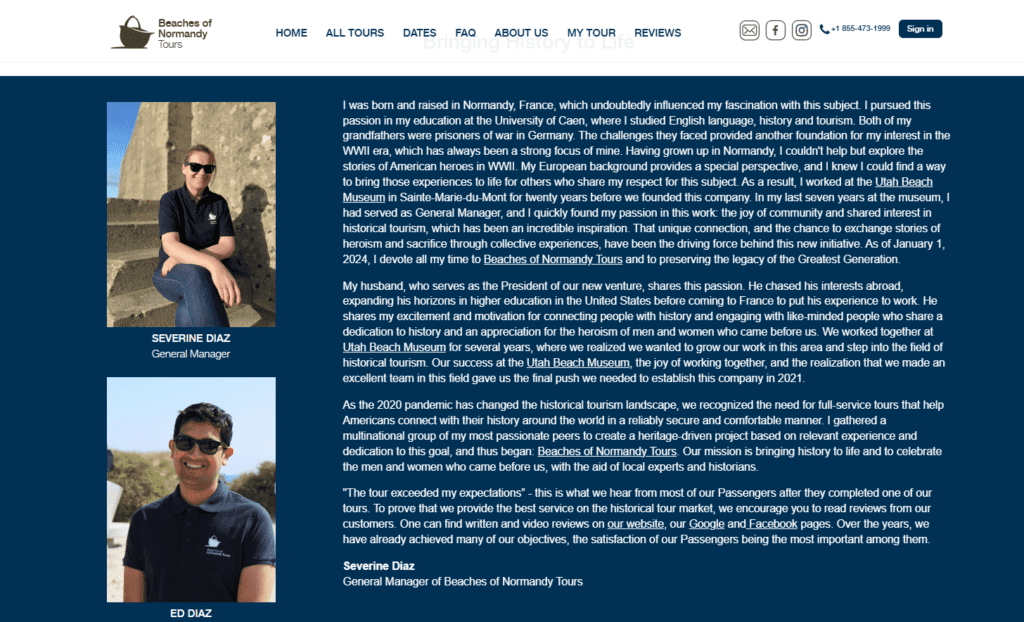
(Source)
Formats for sharing employee stories
There are a few different formats to showcase employee testimonials:
- Video testimonials are highly engaging. They capture emotion and personality, providing a face to your brand.
- Written interviews offer depth and context.
- Social media provides real-time engagement.
- Webinars and live Q&A sessions allow for dynamic interaction.
Imagine you create a series of short videos where different team members talk about their favorite aspects of working at your company. These can be optimized for SEO and shared on YouTube, LinkedIn, and your career page.
Measuring the success of your strategies
Measurement is crucial. Without tracking your efforts, you won’t know what works or where to improve. This data-driven approach helps you refine your strategies over time and ensure that your brand-building strategies are paying off.
Key metrics for SEO in employer branding
When it comes to SEO for employer brands, success lies in tracking the right key performance indicators (KPIs). The goal is to ensure that your employer branding efforts are visible, impactful, and driving engagement from potential candidates.
Organic traffic is one of the metrics that you should focus on. This refers to the number of visitors that land on your website through search results, without paid aids. A steady increase in organic traffic to your career pages indicates that your SEO efforts are helping more job seekers discover your brand.
Let’s say you optimize your career page for “best software engineering jobs in New York.” If you notice a rise in organic traffic, it suggests that more job seekers are finding and engaging with your page.
Google Search Console and Google Analytics are two tools that help you track organic traffic.
Google Search Console provides insights on impressions, search queries, and click-through rates.
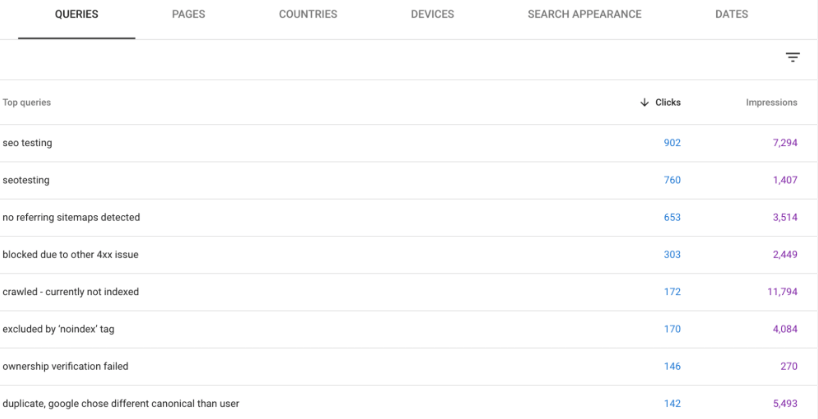
(Source)
Google Analytics tracks overall organic traffic to your website pages, including blogs and career pages. It also tracks traffic from different search engines, as seen in this screenshot.
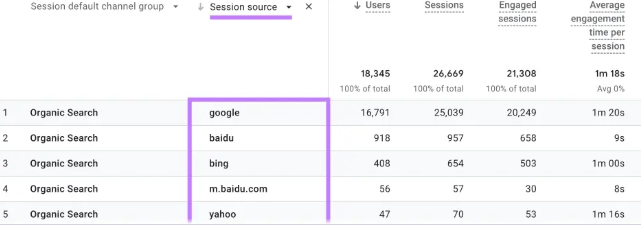
(Source)
Content engagement metrics
Engagement metrics reveal if your content aligns well with your target audience.
Look at the number of likes, shares, comments, and time spent on your pages. Use Google Analytics to track session duration and user interaction and BuzzSumo to analyze social shares and content performance.
These figures reflect the quality and relevance of your content. Imagine a blog post detailing your company culture that generates hundreds of comments and shares. This high engagement is an indicator that your story is connecting well with potential candidates, therefore reinforcing your employer brand.
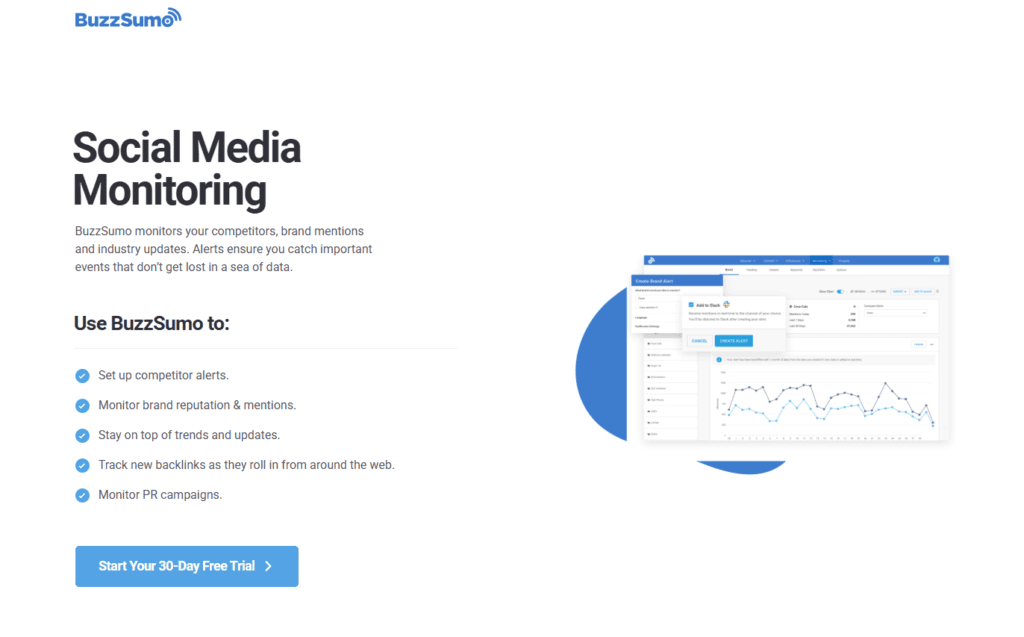
(Source)
Talent acquisition metrics
Ultimately, the goal of building a strong employer brand is to attract top talent. Measuring the effectiveness of your employer branding efforts involves tracking key recruitment-specific metrics:
- Application rates: This is the number of job applications you’ve received per open role.
- Interview invitations: This refers to the number of applicants that have moved to the interviewing stage.
- Time-to-hire: It’s the number of days from when the candidate sends in their resume to accepting the job offer.
Use applicant tracking systems (ATS) like Greenhouse, Workday or Ashby to monitor application rates and interview progress. These tools improve your recruitment process to attract the right potential employees.
Conclusion
A strong employer brand thrives on the power of SEO and strategic content marketing. These two pillars help you attract top-qualified candidates, build credibility, and create a compelling narrative that makes your company stand out.
Implementing targeted SEO efforts, authentic storytelling, and posting engaging content allows you to strengthen your company and make a lasting impression on job seekers.
At Omniscient Digital, we specialize in data-driven content strategy and SEO, helping businesses enhance their employer brand and reach top talent. We’ve helped many companies, such as GatherContent, Order.co, and AppSumo, grow their organic traffic.
We can help you, too! Let’s help you craft an employer branding strategy that resonates with the right audience and positions your company as an employer of choice.
Contact us today to get started.
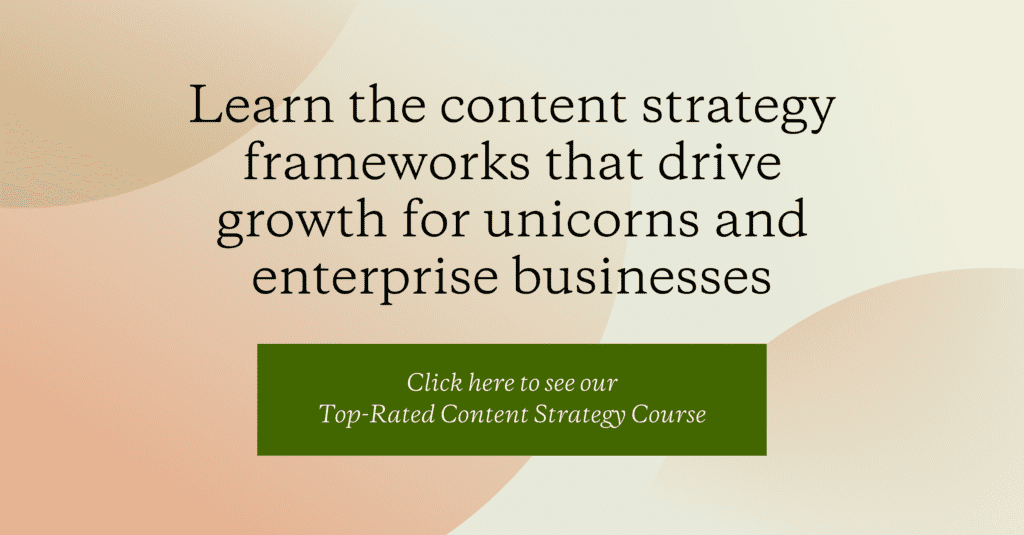
Author bio:
Kelly Moser is the co-founder and editor at Home & Jet, a digital magazine for the modern era. She’s also the content manager at Login Lockdown, covering the latest trends in tech, business, and security. Kelly is an expert in freelance writing and content marketing for SaaS, Fintech, and ecommerce startups.
